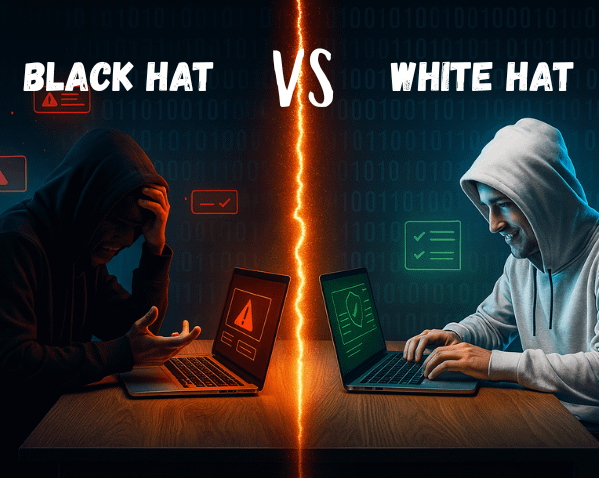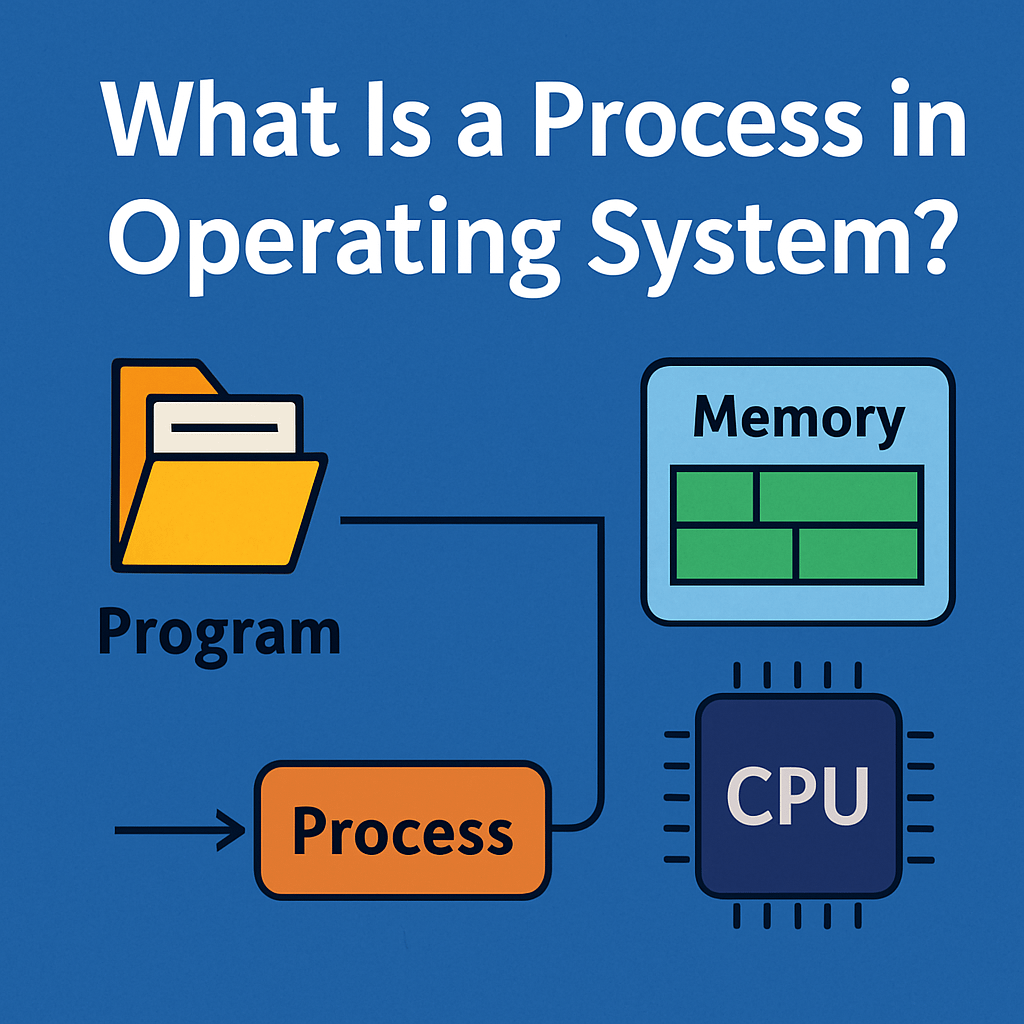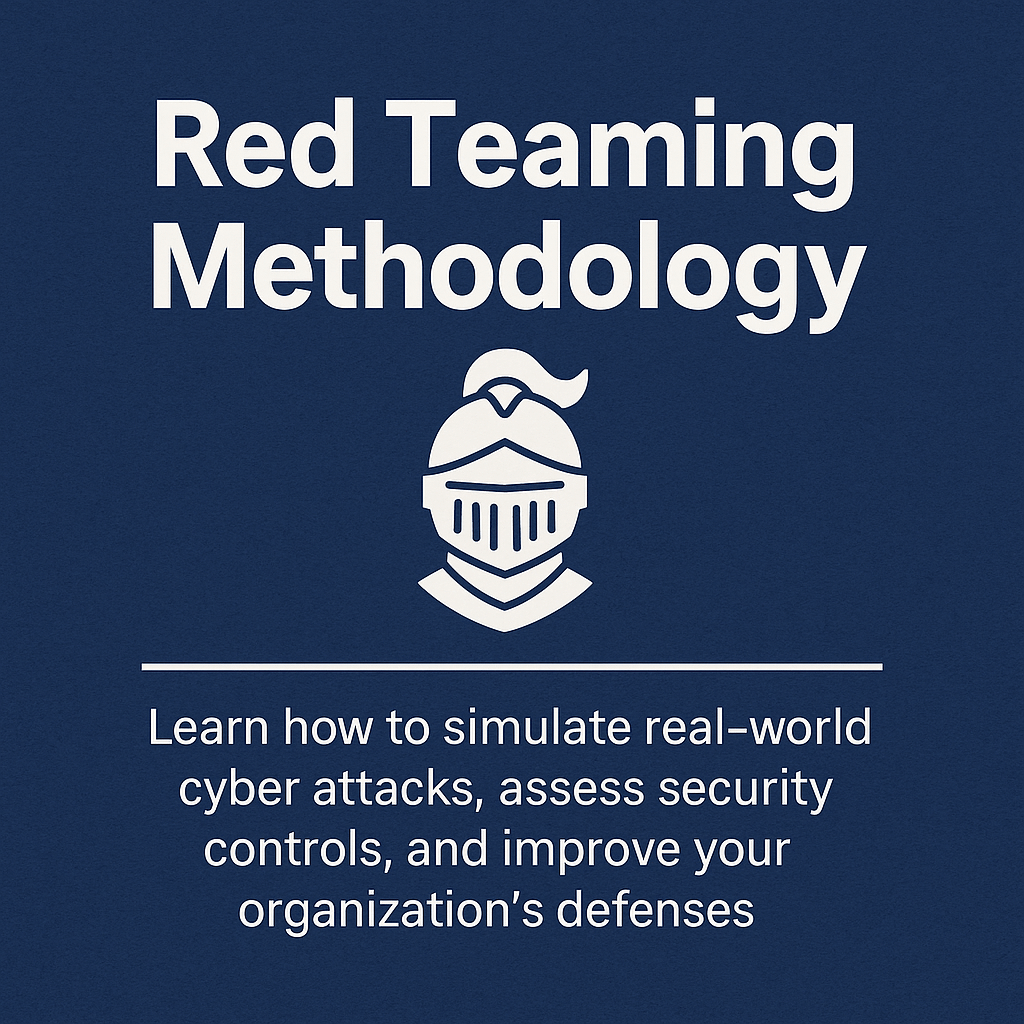Monolithic vs Microkernel: 7 Key Differences You’ll Love

Ever wondered if your computer’s brain runs more like a superhero doing everything alone or a team of specialists working together?
That’s the epic story of monolithic vs microkernel — two kernel architectures that power nearly every device on Earth, from your smartphone to the International Space Station (yes, really).
In this post, we’ll break down how these architectures work, why cybersecurity pros care about them, and which one might win the “kernel showdown.”
Table of Contents
ToggleWhat is an Operating System Kernel?
Think of the kernel as your computer’s control tower. It manages flights (processes), runways (memory), and communication (hardware I/O).
Without it, your PC would just sit there like an expensive paperweight.
The kernel’s key roles:
Process Management: Keeps track of running programs.
Memory Management: Allocates and protects memory space.
Device Management: Talks to printers, disks, and network cards.
System Calls: Acts as the bridge between hardware and user programs.
Plain summary: The kernel is the brain and nervous system of an operating system — coordinating everything smoothly and securely.
Understanding the Monolithic Kernel Architecture
A monolithic kernel bundles all critical OS services — memory, file system, device drivers — into one massive executable running in kernel mode.
You’ve seen this design in:
Linux
UNIX
Older versions of Windows
How the Monolithic Kernel Works
All services share the same memory space.
System calls travel quickly since everything happens “in-house.”
Communication between processes is direct, with minimal context switching.
But… if one service crashes, the entire OS may face a kernel panic (the computer version of a meltdown).
Example:
In 2003, a faulty printer driver in Linux 2.4 caused system-wide instability. Because the driver ran in kernel mode, a small bug caused a major crash. That’s monolithic life — fast but risky.
Tip:
For cybersecurity professionals, monolithic kernels demand rigorous patch management and driver vetting. A single faulty module can open attack vectors.
Understanding the Microkernel Architecture
A microkernel takes the opposite approach. It keeps the kernel tiny and pushes everything else (like drivers, file systems, and servers) to user space.
Examples include:
Mach kernel (used in macOS)
QNX (used in automotive systems)
seL4 (used in military-grade secure systems)
How the Microkernel Works
The core handles only essentials: memory management, process scheduling, and IPC (Inter-Process Communication).
Other services run outside the kernel as user processes.
Communication happens via message passing instead of direct calls.
It’s like a company where the CEO (kernel) delegates most work to department heads (user-space services). It’s slower but far safer.
Warning:
Microkernels can suffer performance overhead because of all the message passing — but they’re much easier to secure.
Case Study:
The QNX microkernel, used in many car infotainment systems, isolates services so that even if one app crashes, the entire system stays functional.
That’s why QNX powers over 200 million vehicles worldwide — stability is non-negotiable.
Monolithic vs Microkernel: The Core Differences
Let’s pit them against each other — feature by feature:
| Feature | Monolithic Kernel | Microkernel |
|---|---|---|
| Speed | Fast (direct calls) | Slower (message passing) |
| Security | More vulnerable (shared memory) | Better isolation |
| Complexity | High | Moderate |
| Stability | Crashes affect whole system | Fault-tolerant |
| Debugging | Hard | Easier (modules separated) |
| Use Case | Servers, desktops | Embedded, secure systems |

In cybersecurity, isolation often wins. Microkernels’ compartmentalization limits blast radius in case of an attack.
However, for performance-hungry systems (like gaming rigs), monolithic kernels still dominate.
The Rise of the Hybrid Kernel
Developers wanted the speed of monolithic kernels and the security of microkernels, so they created a middle ground — the hybrid kernel.
Examples:
Windows NT / Windows 11
macOS (XNU)
iOS
Hybrid kernels keep some services in kernel mode for performance, while moving others to user mode for safety. It’s like saying, “I’ll have my cake and sandbox it too.”
Real-world Example:
Apple’s XNU kernel blends Mach’s microkernel foundation with BSD’s monolithic speed. The result? macOS stays fast yet reliable — ideal for creative professionals and developers.
Which Kernel Architecture is Better for Cybersecurity?
In security, architecture matters. Here’s how each fares:
Monolithic Kernels:
Larger attack surface.
Vulnerable to driver exploits.
Patching can be risky because every module runs at top privilege.
Microkernels:
Excellent isolation — if one service fails, others keep running.
Easier to verify and audit (smaller code base).
Ideal for secure, real-time systems like defense, aviation, and finance.
Security Framework Alignment
| Framework | Kernel Implication |
|---|---|
| ISO 27001 | Encourages secure configuration management — easier in modular microkernels. |
| NIST SP 800-53 | Supports least-privilege and segmentation — inherent in microkernel design. |
| CIS Controls | Emphasizes patch management and hardening — critical for monolithic kernels. |
Real-World Applications and Examples
Monolithic Kernel:
Linux runs in servers and Android devices.
Fast and flexible, but requires constant security vigilance.
Used in cloud environments (AWS, Google Cloud) — hardened with SELinux.
Microkernel:
QNX powers automotive and industrial systems.
seL4 defends critical infrastructure (military, satellites).
Reliability over raw speed.
Hybrid Kernel:
Windows for enterprise security environments.
macOS/iOS for balanced consumer protection.
Future Trends in Kernel Architecture
The kernel world is evolving toward microservice-like modularity and verified security.
Emerging trends:
Microkernels in embedded systems — for IoT and autonomous vehicles.
Unikernels — one application = one mini-OS.
Virtualization Integration — secure kernel sandboxes for cloud isolation.
AI-Powered OS Monitoring — anomaly detection in kernel-level behavior.
Mathematically Verified Kernels — seL4-style proofs becoming mainstream.
Actionable Tools and Solutions:
SELinux – Policy-based access control for Linux systems.
AppArmor – Lightweight Linux security module.
Qubes OS – Microkernel-based OS that isolates user environments.
OpenVAS – Vulnerability scanner to test kernel exposures.
Sysdig Secure – Kernel-level runtime security monitoring.
Tip:
If you’re in cybersecurity, learning kernel-level defense tools gives you root-level control over threats.
Case Study: Hybrid Kernel in Action (Windows NT)
When Microsoft designed Windows NT, it faced a challenge — performance vs stability.
So, they built a hybrid kernel.
It combines monolithic speed with modular subsystems.
Result:
Windows could handle enterprise workloads without constant crashes, while supporting security policies aligned with ISO 27001 and NIST 800-53.
Lesson:
The hybrid approach proves that security and performance can coexist — if architecture is carefully balanced.
Conclusion: The Kernel Showdown Summary
We’ve seen how monolithic vs microkernel architectures shape the speed, stability, and security of your devices.
Monolithic kernels = Power and speed, but handle with care.
Microkernels = Security and stability, though slightly slower.
Hybrid kernels = The best compromise for modern systems.
In cybersecurity, isolation and verification matter more than ever.
Whether you’re studying OS design or hardening servers, remember — the kernel is where true system security begins.
Call to Action:
Learn more about kernel architecture and how it impacts security in your everyday devices. Explore Linux, QNX, or seL4 to see architecture in action.
Internal Link Suggestions
“Understanding How Operating Systems Work” – A beginner-friendly guide explaining OS fundamentals and core components.
External Links
NIST Cybersecurity Framework (CSF) – Official guidelines for managing cybersecurity risks.
OWASP Secure Coding Practices Guide – Security recommendations for developers.
MITRE ATT&CK Framework – Database of real-world cyberattack tactics and techniques.
CISA Secure by Design Principles – Federal guidance for secure system architecture.
NIST SP 800-53 Security Controls – Detailed federal security standards and controls.
FAQ
1. What’s the main difference between monolithic and microkernel architectures?
A monolithic kernel runs all essential services in one large block of code, making it fast but complex. A microkernel keeps only critical functions inside the kernel, improving modularity and security while sacrificing some performance.
2. Which kernel type is more secure for cybersecurity applications?
Microkernels are typically more secure because they isolate components in user space. Even if one service crashes or gets compromised, the rest of the system stays stable — reducing the attack surface compared to monolithic kernels.
3. What is a hybrid kernel, and why do modern OSs use it?
A hybrid kernel combines the performance of monolithic kernels with the modularity of microkernels. Modern operating systems like Windows and macOS use hybrid kernels to balance speed, stability, and security, especially for enterprise-grade and consumer devices.








